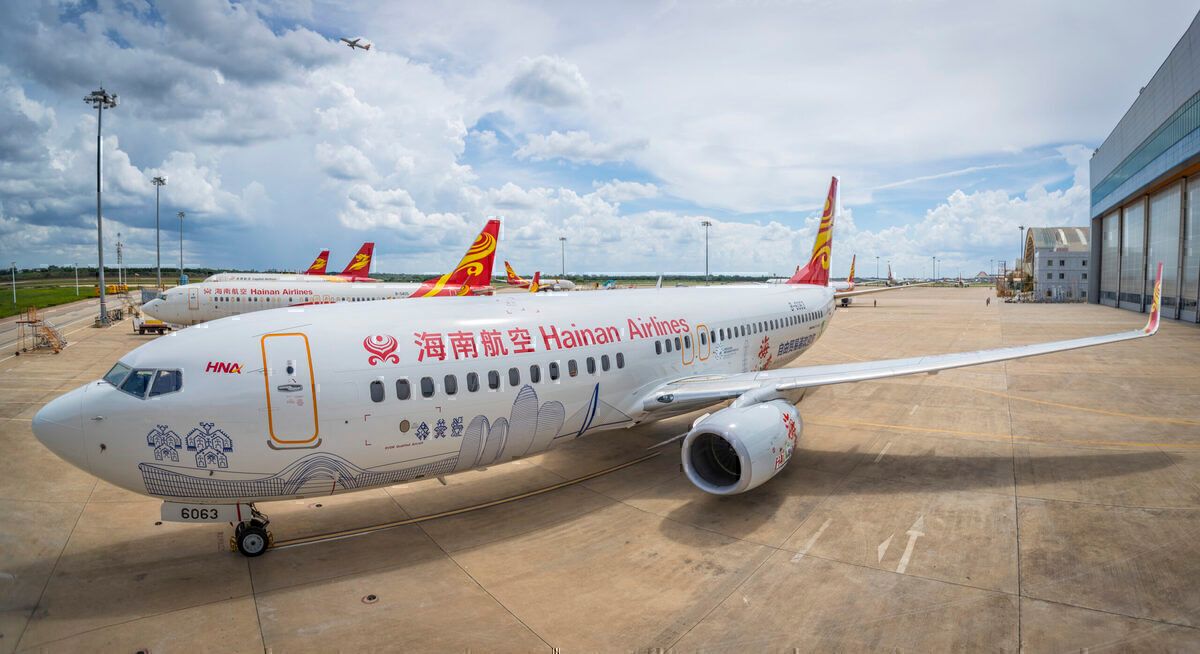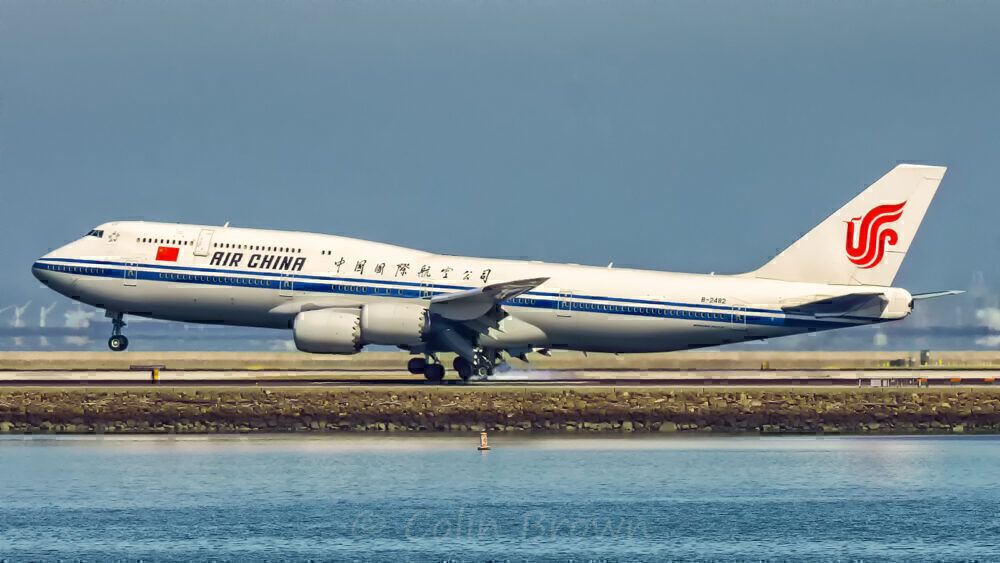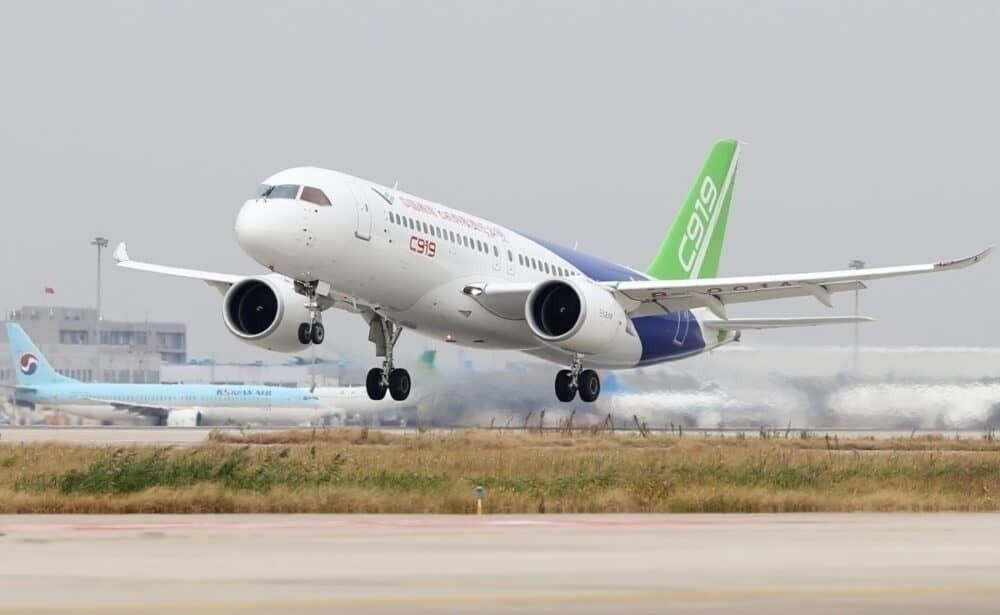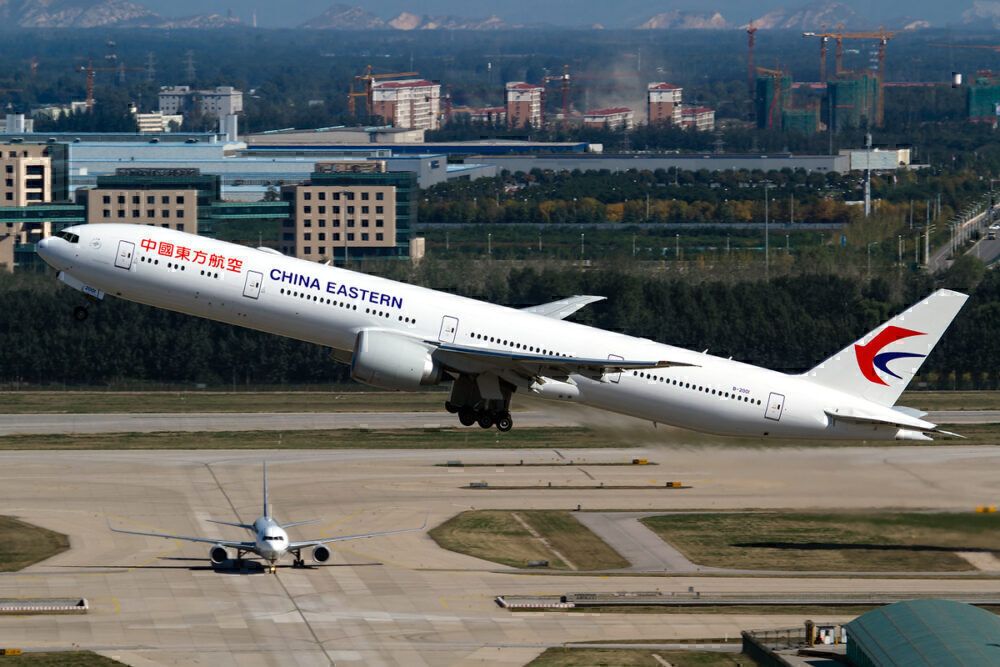Boeing has published its commercial market outlook for 2020 through 2039 and estimates that China alone will need $1.4 trillion worth of new aircraft in the next 20 years. The analysis by Boeing is "informed by decades of analysis and insights into airline strategies and passenger demand." Let's look at what the American planemaker is forecasting.
Long-term resilience
Boeing is fairly optimistic in the long-term regarding its market prospects - even if 2020 has been a fairly big setback.
The 2020 CMO reflects a combination of the unprecedented near-term industry disruption and the long-term resilience we have seen for decades. Airlines will focus on building versatile fleets that provide future network flexibility, maximizing capability while minimizing risk, and improving efficiency and sustainability. -Boeing
For China alone, Boeing is expecting a GDP growth of 4.3%. This, the planemaker expects, will also mean a 5.5% growth in airline traffic and, most importantly, a 4.4% growth in airline fleets.
Stay informed: Sign up for our daily aviation news digest.
Narrowbody aircraft will lead the way
Boeing expects that narrowbody, single-aisle jets will be a huge market and a key factor in market recovery:
Narrowbody airplanes will lead the way to recovery as domestic and short-haul markets are forecast to recover earlier, followed by widebody fleets as airlines progressively bring their networks back online. -Boeing
In China, Boeing predicts that by 2039, the market will have a need for 6,630 single-aisle jets. This figure greatly eclipses other categories as the planemaker only predicts a need for 300 regional jets, 750 freighters, and 1,680 widebodies.
Therefore, with such a huge predicted market, Boeing will need to ensure that its single-aisle offerings are competitive and ready for potential customers.
This, then, poses an interesting question: Will Boeing continue to evolve the 737 for this large market? Or will it develop a clean-sheet-designed single-aisle aircraft? Indeed, if Boeing has pushed its 737 line to its physical limitations as seen with the MAX, perhaps it will be forced to develop something new.
Indeed, by the early and mid-2030s, the competition will be much more fierce than a simple Boeing-Airbus duopoly. Boeing sees Russia's MC-21 and China's C919 as competitors in this market segment as well. This will then be an uphill climb for Boeing with Chinese manufacturer COMAC having homecourt advantage - a huge incentive for China's large state-owned airlines.
Outlook will be updated next year
Boeing recognizes that forecasts can only be so accurate. While it's most accurate in the short-term, it's relying on past experiences and long-term trends to predict market conditions in 10 years. Thus, it will re-evaluate its forecast next summer:
"As we see it today, the near-term impacts have become visible but key long-term growth drivers remain as well. Our forecast will no doubt be updated next summer, as it is every year, but reflects a combination of the unprecedented near-term industry disruption and the long-term resilience we have seen for decades." -Boeing
Do you think Boeing is making some sound predictions? Or do you foresee something different? Let us know in the comments.




